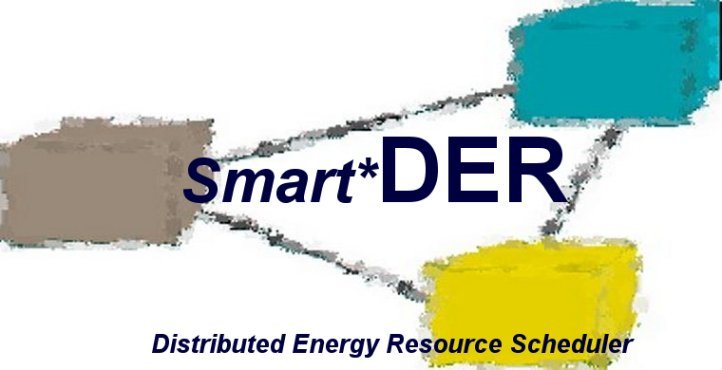The Distributed Energy Resource (DER) Problem
The problem, simply stated is that the vast majority of electric utility customers do not have
the ability to evaluate and respond to market signals. These market signals can be in the form
of variable energy and demand charges or demand response signals coming from either the electric
utility or a third-party demand response provider. This inability to respond often results in
significant electric demand charges for the customer; charges that could be avoided if the customer
had the knowledge and means to act. This inability to respond was identified as one of the
fundamental flaws in the failed California electric utility industry "deregulation" experiment.
Customers either didn't have the resources with which to respond, such as distributed generation or
curtailable loads or customers with these distributed energy resources (DER) did not have the
ability to routinely monitor the relevant market signals and make the needed decisions. While
interaction with a "deregulated" California marketplace no longer exists, the emerging Smart Grid
has placed new emphasis on intelligent operation of building energy systems in a dynamic environment. Customer response is an important element in the emerging Smart Grid, whether this response is caused by dynamic time varying electric rates or by organized demand response programs. Demand response programs are gaining traction but are in many cases limited to customers that have easily controlled loads with minimal impact on site activities. Involving site loads that require local coordination and/or that may impact site energy use in varying ways depending on local conditions (i.e., weather, production, etc.) can be difficult to include in DR programs and/or may cause potential participants to be reluctant to join. A customerís inability or reluctance to participate will likely stem from one of the following issues:
- Other than very large customers with on-site personnel devoted to energy management, most customers do not have the local expertise to deal with a dynamic decision making environment. Somebody or something has to respond when the signal comes in and most customers do not have the equipment or staff to determine and implement the appropriate response.
- DR programs may utilize the services of a third-party to control and aggregate responses from customers in a utility's service territory. However, customers are reluctant or unwilling to cede control of a local asset when the third-party doesn't have any responsibility for the local financial impacts. For instance, when suddenly shutting down a piece of equipment could result in loss or damage of a production process. For this reason, customers that do decide to participate often utilize assets that have little or no impact on their daily operation, thus limiting the overall market response.
- Customers without sufficient local staff can minimize the decision process by committing to a fixed response in advance. However, even a fixed response must be implemented and customers have little incentive to install the needed equipment or staff when the demand response signal comes so seldom (DR programs are often limited to 12-15 events per year). Why install equipment or train staff to respond to a signal that may never, or seldom comes? A better option would be to install a system that provides value, in the form of intelligent operating decisions, every day. A DR event, when it occurs, becomes just one more item for the system to handle as part of its normal activities.

The Smart*DER Solution
Smart*DER employs intelligent agent technology at the local site level to maximize the
benefits of operating distributed energy resources (DER). The intelligent Smart*DER agent
is software that operates continuously to determine how best to utilize the DER assets.
The software agent monitors local site loads and develops an internal load model for use
in predicting site load on an hourly and daily basis. Local weather and relevant pricing
signals (such as fuel costs) are automatically collected via the Internet and used in
conjunction with basic user inputs (such as asset availability, site occupancy schedules,
etc.) to develop daily DER operating schedules. A demand response signal, if and when it
comes in, is just another routine input that must be considered by the Smart*DER agent when
developing the schedule for that day or hour of operation. Thus Smart*DER agent technology:
- Automates site response to the demand response or other market signals while eliminating the need for daily and hourly monitoring of market or demand response signals by on-site employees.
- In addition to responding to external market signals Smart*DER technology also provides daily benefits by continuously monitoring and predicting site energy use and maximizing the benefits of DER asset use on a daily basis. For instance, the Smart*DER agent(s) may determine that temporary load curtailment or increased local generation, even in the absence of a demand response signal, can achieve significant cost savings by minimizing or eliminating the monthly peak demand charge (where applicable).
- Retains local control of site DER assets thus further facilitating customer acceptance and participation in DR programs.
